Process optimisation with AI – hype or reality?
Lisa Krumpholz, Managing Director of Navigance, delves into the world of artificial intelligence (AI) and discusses its potential to enhance process optimisation in syngas plants.
Lisa Krumpholz, Managing Director of Navigance, delves into the world of artificial intelligence (AI) and discusses its potential to enhance process optimisation in syngas plants.

Servicing the growth in electric vehicles powered by lithium iron phosphate (LFP) batteries could require the global purified phosphoric acid industry to double in size. Senior CRU consultant Wahome Muya explores the opportunities for unlocking growth in this emerging and fast-moving market.
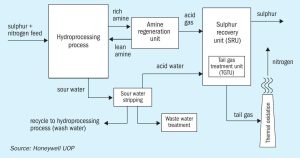
Honeywell UOP’s nViro Hydro process provides an alternative solution to conventional hydroprocessing waste treatment utilising a sulphur recovery unit and tail gas treating unit. Janet Ruettiger of Honeywell UOP discusses the benefits of nViro Hydro which include improved operational efficiency, creating a new revenue stream and reduced capital outlays, operating expenses and water use.
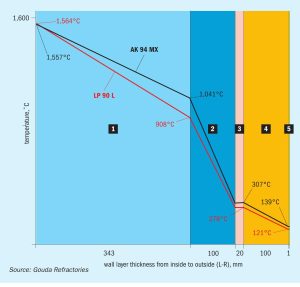
Gouda Refractories continues to upgrade its refractory solutions for the sulphur recovery industry as well as developing new superior products for installations operating at higher temperatures due to oxygen enrichment.
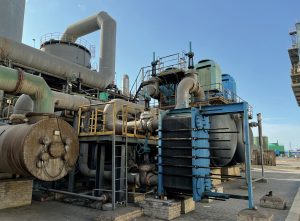
A sulphuric acid plant in Northwest China is looking to capture its low-grade heat for re-use. With the support of Alfa Laval’s semi-welded plate heat exchangers and energy recovery expertise, in winter, all of the recovered low-grade heat could be put back into their system with 30% being used in production and the remaining 70% going to heating. During the summer, 14% of the energy that is no longer needed for indoor heating could be used to preheat boiler feedwater. This would enable them to significantly reduce the amount of fossil fuels used in production, without redesigning their entire factory footprint.
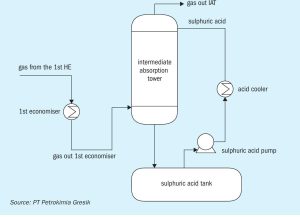
Anggi Arifin Nasution and Aldifi Putro of PT Petrokimia Gresik detail an inventive redesign of their economiser, a critical component in sulphuric acid production, focusing on energy efficiency, decarbonisation, process optimisation, and equipment durability.
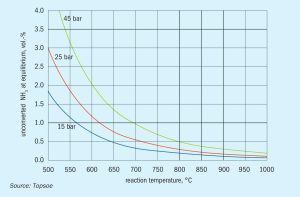
Large-scale ammonia cracking for conversion of ammonia to hydrogen is a proven technology with decades of industrial experience. Topsoe shares its experience within ammonia cracking and presents an improved and highly energy-efficient (96%) ammonia cracking technology, H2Retake™ , developed based on Topsoe’s proven technology and industrial experience.

Lithium ion battery production is driving major expansions in nickel and cobalt extraction, but lithium iron phosphate (LFP) battery use is growing rapidly.
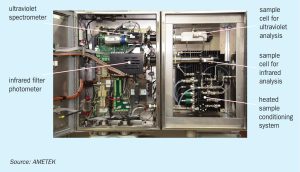
Comprimo and Ametek now offer the Analyser Air Control Technology (2ACT) Solution to the industry in which the information for the SRU air control is available 6-7 minutes earlier with the installation of an acid gas feed analyser-based feed forward control. This improvement to conventional SRU combustion air control systems enables operating companies to control their assets closer to design capacity at higher recovery efficiency and with fewer unscheduled outages.
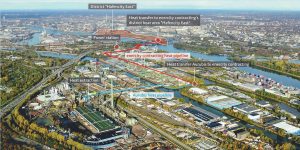
The recovery of waste heat from Aurubis’ copper smelting operation in Hamburg is already helping to reduce global carbon emissions and has the potential to provide heat for up to 20,000 homes through the district heating network in Hamburg’s HafenCity. The energy for the network comes from waste heat that Aurubis recovers from their sulphuric acid plant, using unique Alfa Laval plate heat exchanger technology.